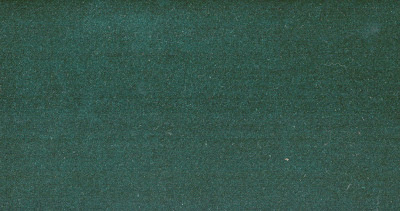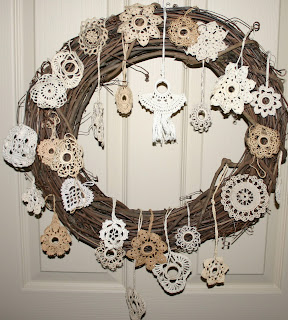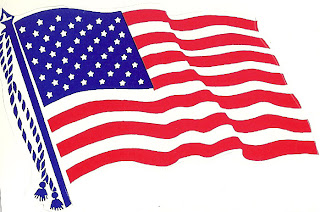With the holiday season fast approaching some thought goes
to what to wear for those dressy events.
One of the most popular fashion statements continues to be velvet, which
has been popular for well over 800 years. The exact history of the manufacture
of velvet is sketchy, but the prevailing evidence indicates that it originated
along the fabled Silk Road and was brought west with the Arab invasion of North
Africa and Eastern Europe. By the
Renaissance, Italy had become the leading center for its production. The term
velvet comes from the Italian “vello” meaning fleece, “velluto” (velvet) means
fleecy.
Actually, velvet is not one type of fabric, but rather a
type of weave, a woven pile fabric, which can be made of different fibers
including cotton, silk and rayon/acetate.
Other examples of pile fabrics include corduroy, velour, and terry
cloth. The weave is a supplementary
warp over a plain weave ground.
Originally, once the ground was woven the supplementary warp was woven
over thin, sharp rods. When the rods
were removed the warp was slit resulting in a pile, soft and luxurious.
Different effects could be achieved by altering the height and texture of the
pile. The famous Italian “altobasseo”
had varying pile heights against a gold ground. When completely covered with pile the fabric is “solid”, when
part of the pile is removed (now with chemicals) it is termed “voided”. This voided silk velvet scarf shows the fine
silk ground and areas of soft velvet pile.
This beautiful silk scarf shows the silk ground of peach and grey with the brown silk velvet pile voided in a design of stems and leaves,
Currently, velvet is made by a double-cloth method of weaving two cloths face-to-face with the separate pile threads joining the two layers creating a stable pile. The pile is then cut with a knife creating two fabrics. The pile is then trimmed, while the height of the pile may vary, true velvet is never longer than 1/8 inch. If it is
longer, it is referred to as
“plush”.
If the fiber used is cotton, the resulting fabric is called
“velveteen” which produces a heavier textile more suitable for outerwear and
upholstery because it does not have the draping quality of silk velvet. Cotton velveteen is made with a supplementary weft ( not warp, like other fibers).
Two samples of cotton velvet upholstery fabric
Velvet, especially made of silk or rayon/acetate can be
embellished in many ways. It can be
embossed, crushed, batiked, painted and embroidered.
This is a sample of a lighter, embroidered cotton velvet. While the drape is heavier than silk velvet it is still appropriate for apparel.
This is a sample of an embroidered rayon/acetate velvet, especially soft and lusturous
Regardless of what you choose to wear for the galas, I am
sure you will look gorgeous!!!




















